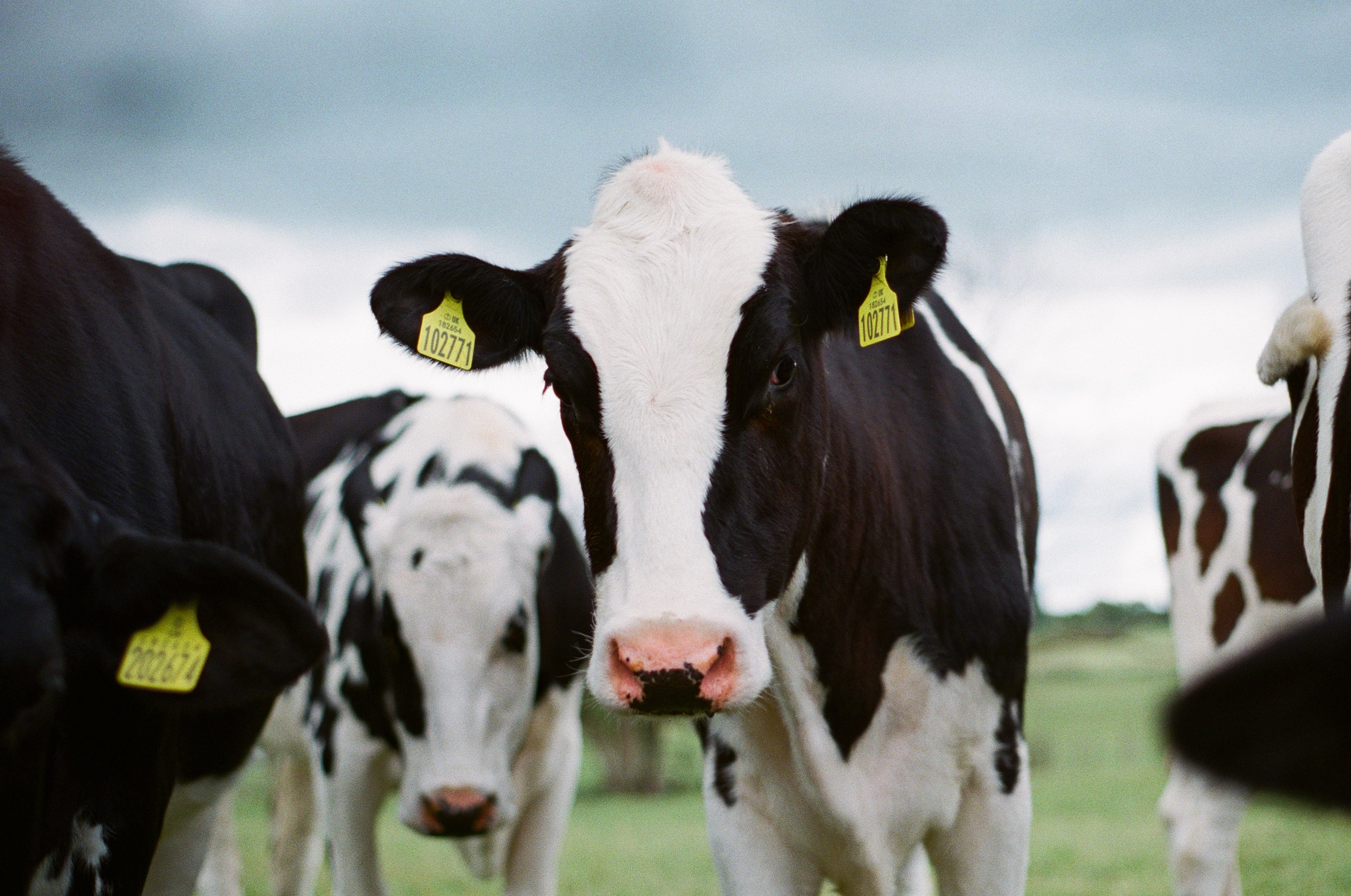In the dairy industry, this comes down to managing permanent pasture and reducing high carbon impact inputs such as artificial fertilisers. Milk processors are facing consumer and governmental pressure to reduce their environmental impact, and like many industries are looking for ways to achieve Net Zero goals by 2040 or 2050. Dairy companies have been making a commitment to change, by raising prices paid to customers with improved environmental aims and practices. Some customers signing up to commitments to reduce their carbon impact are receiving significant premiums.
These commitments include :-
- Completing audits on fertiliser use, and implementing plans for reduction;
- Committing to an action plan that suits their farming business, including their current efforts to reduce their carbon impact;
- Increased use of mob grazing and pasture management;
- Encouraging the replacement or reduction of soya based feeds; and
- Utilising more natural fertilisers.
Dairy farmers operate in that difficult area of volatile output prices, high input costs and increasing regulation. Even with the current general lift in milk price, seemingly endless increases in fertiliser cost and higher costs of compliance with environmental regulations conspire to derail the best operators; witness the continuing high exit rate from the industry.
One of the latest threats is how to dispose of waste such as slurry when the media spotlight is firmly on the ineffectiveness of the Environment Agency as an enforcement body and on water companies pumping raw sewage into rivers.
The immediate response is to cover dirty-water areas such as slurry stores and yards to separate storm water from dirty water (particularly where there are capital grants available) and to increase overall slurry storage capacity. Producers are likely now also to be looking for alternative ways of handling this waste and instead to treat it as a valuable source of nutrients – the liquid element being high in nitrogen and the solids in phosphate.
There is much talk in farming circles of the low level of funding of the Sustainable Farming Incentive (available in England), and the possibility instead of farming without subsidies. However, the need to comply with tighter regulation, as opposed to the looser regime of cross-compliance under the Basic Payment Scheme, suggests that investment will be needed in infrastructure. This is likely to force the hand of many businesses who are not able or prepared to invest fro the future.
So in the short term, objectives might include:
- Garner capital grants for on-farm infrastructure improvements;
- Mitigate the reduction in BPS payments by claiming environmental annual payments;
- Save on input costs by turning waste into fertiliser;
- Assess current risks of causing damaging pollution incidents
- Farm in a more environmentally sustainable way.
In other words, to embrace the new regime and turn it to your advantage.
- Natural Capital: The expert team of advisers at Galbraith guide our clients in realising value in all land uses – by assessing and measuring natural assets, furthering opportunities in biodiversity net gain, and ensuring stakeholders are rewarded fully for their investment in and contribution to delivering ecosystem services and net-zero outcomes.

